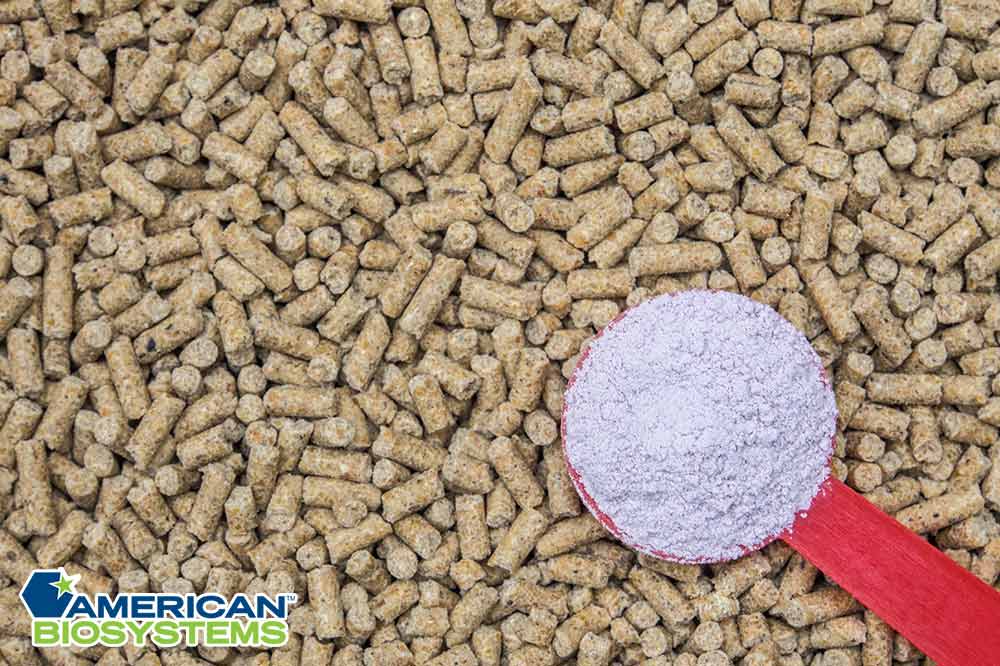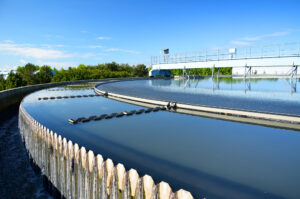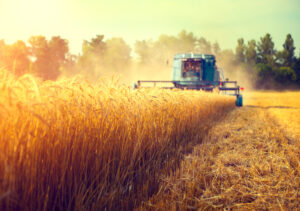A tremendous variety of additives appear in commercial livestock feed.
Feed makers add a variety of antibiotics, such as bacitracin, chlortetracycline, erythromycin, lincomycin, neomycin sulfate, oleandomycin, oxytetracycline, procaine penicillin, streptomycin, tylosin, virginiamycin, and the bambermycins to animal feed to increase growth. These antibiotics usually do not prevent any particular animal disease, but they do increase the rate at which animals convert feed into market weight (possibly by preventing subclinical infections).
Antibiotics are especially common in chicken feed. Penicillin and tetracycline increase egg-laying, hatchability, and conversion of feed to meat. Chlortetracycline, oxytetracycline and penicillin all pay off in increased weight at slaughter time, but don’t prevent any of the diseases that kill chickens.
The pervasive problem of antibiotic resistance
Obviously, farmers would not pay extra for feeds that include antibiotics if they did not get a return on their investment. But the downside of using antibiotics to promote weight gain is that they get into the human food supply. Constant exposure to antibiotics in meat leads to antibiotic resistance, which makes these important drugs less useful, or not useful at all, in treating infections in humans.
How does antibiotic resistance happen?
Antibiotic resistance begins as a genetic accident, a mutation. A bacterium has a variation in its DNA that gives it the ability to keep from being killed by a specific antibiotic drug,
A mutation in just one bacterium is not a problem. But bacteria can pass on their genes to other bacteria without sexual reproduction. There are three ways:
- Conjugation. Bacteria exchange genes when they come in direct contact. They form tiny tubes called sex pili that send the antibiotic resistance gene from one germ to another.
- Transformation. Like all other living organisms, bacteria eventually die. Gram-negative bacteria more or less dissolve into the watery fluids surrounding them. Their antibiotic resistance genes float through the fluid (typically in an animal’s intestines) until they are picked up by a living bacterium.
- Transduction. Bacteria can get viral infections. Viruses sometimes fill up with the bacterium’s genetic material rather than their own. When they infect the next bacterium, they can transfer the resistance gene.
The contents of the gut always spill out when an animal is slaughtered for meat. This releases antibiotic-resistant bacteria to infect abattoir workers and the meat they prepare.
There are also synthetic antimicrobial agents given to livestock that also increase market weight. These include arsenic-derived, nitrofuran, and sulfa drugs. A few of these compounds prevent specific infectious diseases, such as the antiprotozoal agents given to turkeys and chickens to prevent coccidiosis and histomoniasis.
But there is a different approach to stimulating weight gain and disease resistance with feed additives.
Bacillus subtilis confers the benefits of antibiotics without the risk of antibiotic resistance
An entirely different approach to enhancing animal feeds is adding beneficial bacteria such as Bacillus subtilis (also known as B. subtilis) and Lactobacillus lactis (also known as L. lactis). Proprietary strains of these live probiotic bacteria are used to:
- Reduce the growth of pathogenic bacteria such as E. coli and Salmonella. The addition of probiotic bacteria to animal feed stops these infections with an efficacy roughly equal to that of antibiotics.
- Reduce bone damage in live chickens and increase the strength of eggshells.
- Accelerate the growth of piglets.
- Increase growth rates of farm-raised catfish and fresh-water prawns.
- Increase the growth rate of turkeys.
These two probiotic bacteria do not develop antibiotic resistance. They do not cause disease. They pose no risk to farm workers, slaughterhouse workers, or the general public. And agricultural research centers around the world report they are as effective as antibiotics for increasing the conversion of feed to meat, while improving the health of the livestock animals that consume them.
Bacillus subtilis and Lactobacillus lactis are added to dry animal feeds at the manufacturing plant and added to liquid animal feeds just before they are fed to farm animals. The strain of bacteria used to supplement livestock feed makes a difference, so it is important to buy these probiotics from a knowledgeable supplier.
American Biosystems has the proprietary strains of probiotic bacteria that feed manufacturers and farmers need, and the expertise to find profitable, eco-friendly agricultural enzyme blends and other solutions to livestock production challenges. Call us at 888.344.6469 toll free or contact us today through our online form.






1 Comment
שירותי ליווי בתל אביב
July 10, 2022Hey there! I just want to offer you a huge thumbs up for your excellent info you have here on this post. Ill be coming back to your blog for more soon.